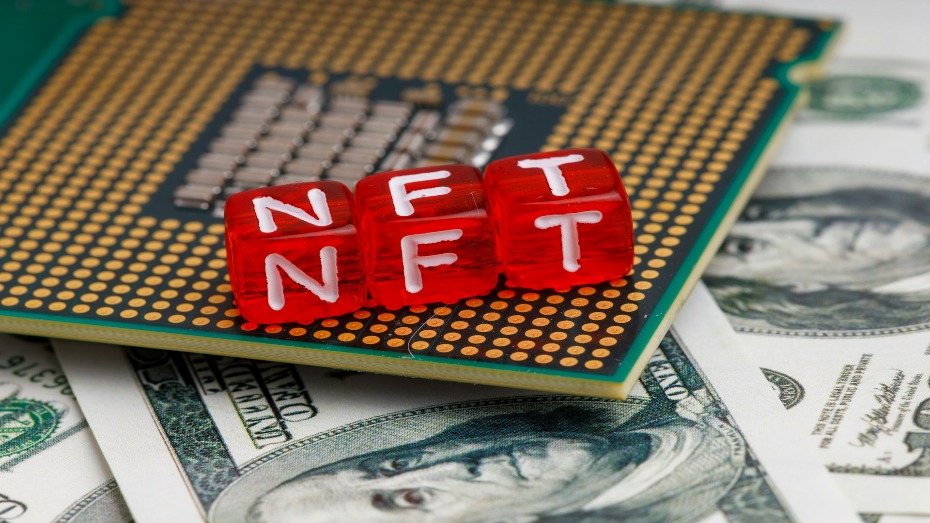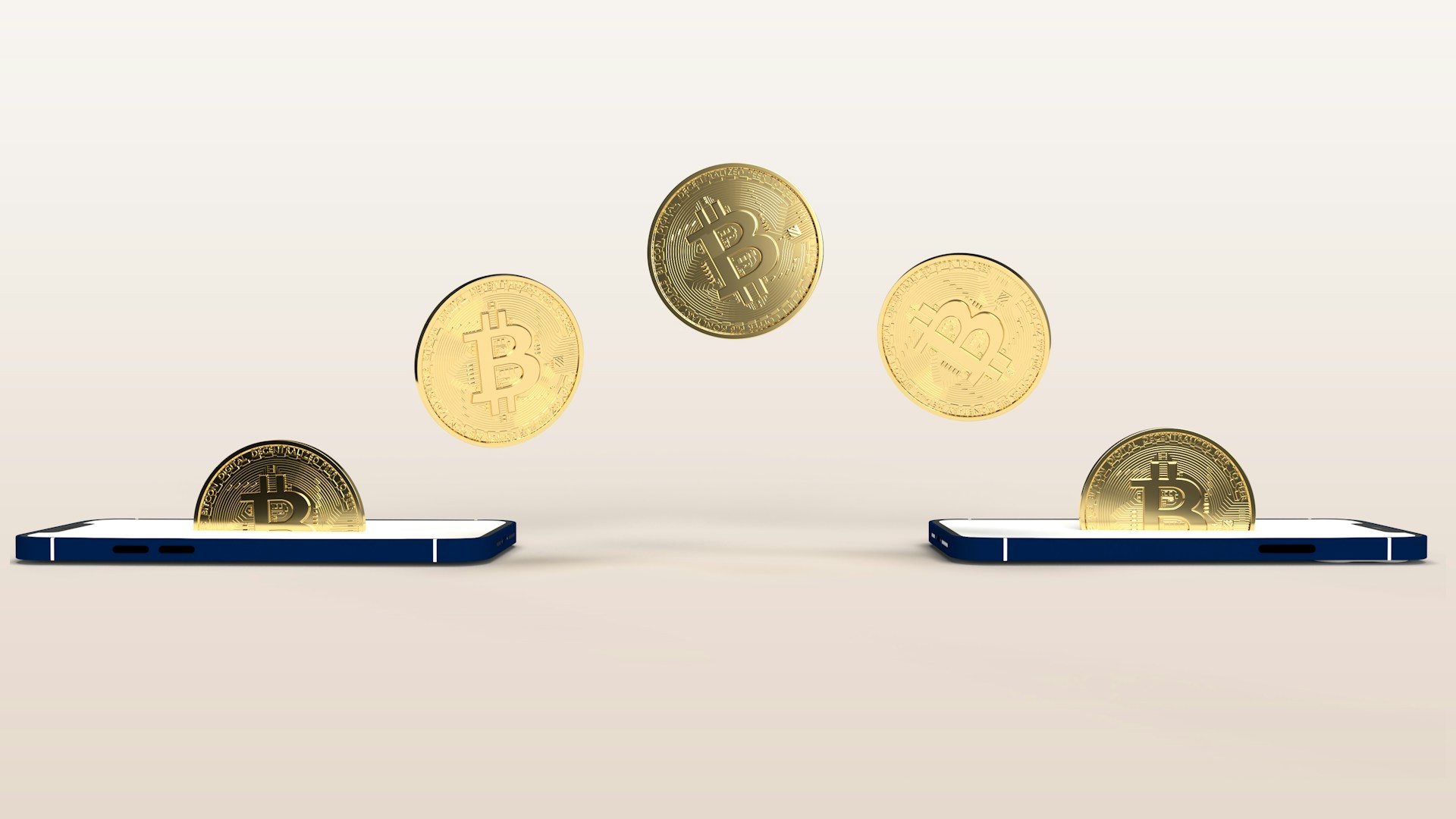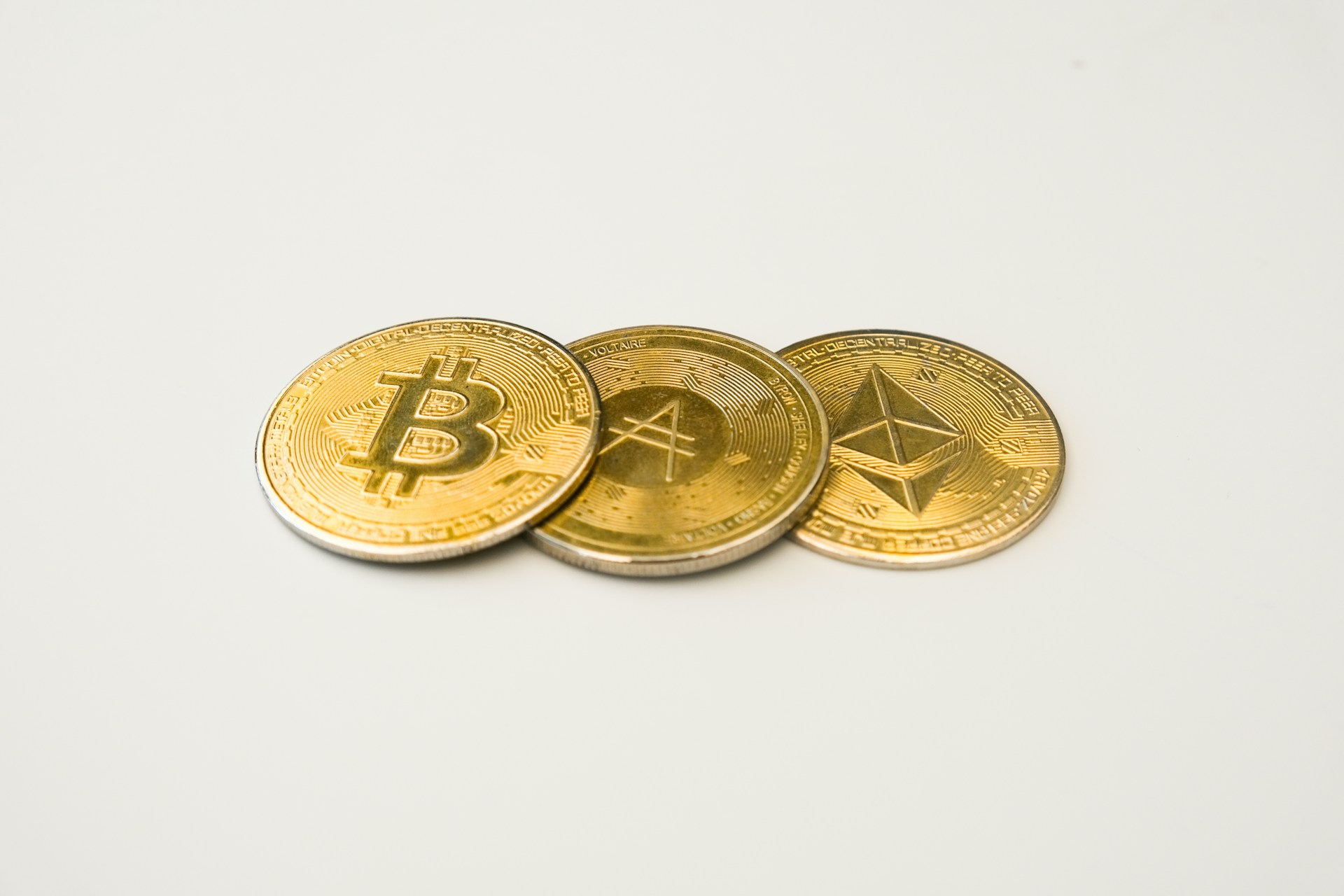
Non-fungible tokens (NFTs) leverage blockchain technology for ownership verification and transfer. However, as a rule, interacting with the blockchain incurs fees known as NFT gas fees. These fees compensate validators (or miners) on the network for the computational power required to process and secure NFT transactions.
An Analogy: Imagine buying a painting for a collection. You need to not only pay for the painting itself, but also the toll fees to have it shipped and it be done so in a relatively safe manner, etc. NFT gas fees are similar – they are the charges you pay to interact with the blockchain when buying, selling, or creating (minting) NFTs.
Different platforms have different gas fee calculation methods. Some have a reputation for lower gas fees, etc. There are also two types of fees: one time and recurring. The former concern performing specific actions for the first time, like listing an NFT for sale. They cover permissions needed for those actions. The latter apply to common activities like buying, selling, or transferring NFTs. You will encounter them whenever you use various features on some platforms. 
Why do NFT gas fees exist?
These fees act as an incentive for validators (like toll booth operators) on the blockchain network. They use their computing power to verify transactions and ensure the smooth running of the system. Validators essentially secure the network by confirming that each NFT transaction is legitimate and has not been tampered with. Without gas fees, there would seemingly be less motivation for them to maintain the network security and efficiency.
What affects NFT gas fees?
Gas fees are not fixed. They usually fluctuate depending on various factors:
Network Traffic: Busier blockchains with high demand lead to higher gas fees. When there is a surge in NFT activity, expect to pay more to get your transaction processed quickly. More users competing for limited space in a block means higher fees.
Transaction Complexity: Minting complex NFTs with larger file sizes, like intricate 3D artwork or animation, can incur higher fees compared to simpler ones, such as static images.
Gas Price: This refers to the amount you are willing to pay per unit of gas for your transaction. You can actually set a higher gas price to prioritize your transaction. Like offering extra cash to the toll booth operator to let you skip the line. The higher your bid, the more likely your transaction will be processed quickly by validators.
NFT Gas Strategies
NFT gas fees can be a hurdle, but with some planning and understanding, you can navigate them effectively. Here are some strategies to consider:
Track Gas Prices: Several online tools and NFT marketplaces display current gas prices. This transparency helps you decide if it is a good time to buy, sell, or mint based on the fee cost. 
Time Your Transactions: Network activity dips during off-peak hours. You could try minting or buying NFTs at night or on weekends when people are usually not as active.
Choose Gas-Efficient Blockchains: While, for example, Ethereum is a popular choice for NFTs, it can also have high gas fees. Explore alternative blockchains with lower fees, like Polygon or Solana, if they support the NFT you are interested in.
Batch Transactions: Some NFT marketplaces allow batch transactions, where you can group multiple actions (like minting several NFTs) into one transaction. This can sometimes reduce the overall gas fee per NFT.
Consider Gas Fee Estimates: Many platforms offer gas fee estimates before finalizing your NFT transaction. Which allows you to gauge the potential cost and make an informed decision. So, maybe be on a lookout for those indicators before committing to a decision.
Layer-2 Scaling Solutions: These are protocols built on top of existing blockchains like Ethereum that aim to process transactions faster and cheaper. Understanding these options can provide more flexibility but comes with additional research into their security and functionality.
NFT Minting Auctions: Some platforms utilize auction systems where users bid on the gas fee they are willing to pay for their NFT mint. This can be a gamble, but potentially lead to lower fees if your bid wins. However, it also introduces the risk of losing the auction and missing out on the NFT entirely.